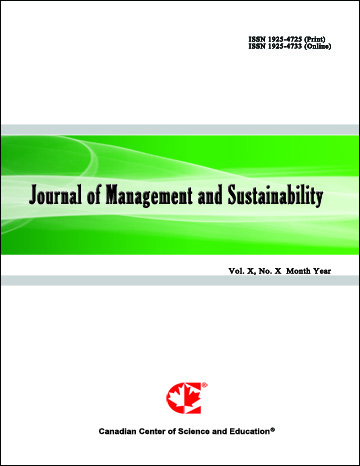The Evolution of Sustainability in a Global Firm and Its Supply Chain
- Robert Mefford
- Payson Johnston
Abstract
Firms typically go through an evolutionary process in development of their Corporate Social Responsibility (CSR) programs. This paper traces the development of CSR initiatives and the incorporation of sustainability into the corporate culture and business model of a large global firm in the electronics industry. The process at this firm involves several distinct stages and extends over a period of more than ten years. The organizational and managerial factors facilitating the broadening and deepening of CSR penetration and the institutional barriers encountered are discussed. The importance of fitting CSR initiatives to a company’s core competencies is evident at this firm where their most successful programs, in both a business and societal benefits sense, have used the firm’s networking expertise to provide communication services and training in both developing and developed countries. At its current stage of evolution, CSR at the firm has achieved penetration into most functional areas and is a decision criterion for many operational and strategic decisions. The firm is currently extending its sustainability efforts to its supply chain partners across the globe collaborating with them to improve their performance and build their capabilities in CSR. However, the expansion into the supply chain has not been without its hurdles. The company’s sustainability programs are discussed in the context of the theoretical and empirical literature on CSR. Implications for other firms undergoing a similar evolutionary process are highlighted. The next stage in this firm’s evolutionary process of expanding CSR into its global supply chains is discussed in the terms of its potential and challenges.
- Full Text:
 PDF
PDF
- DOI:10.5539/jms.v6n2p77
Journal Metrics
Google-based Impact Factor (2021): 1.54
h-index (July 2022): 37
i10-index (July 2022): 147
h5-index (2017-2021): 12
h5-median (2017-2021): 19
Index
- Academic Journals Database
- ANVUR (Italian National Agency for the Evaluation of Universities and Research Institutes)
- CAB Abstracts
- CNKI Scholar
- EconBiz
- Excellence in Research for Australia (ERA)
- GETIT@YALE (Yale University Library)
- Harvard Library
- HeinOnline
- Infotrieve
- JournalTOCs
- LOCKSS
- MIAR
- PKP Open Archives Harvester
- RePEc
- Scilit
- SHERPA/RoMEO
- Stanford Libraries
- UCR Library
Contact
- Evelyn XiaoEditorial Assistant
- jms@ccsenet.org
